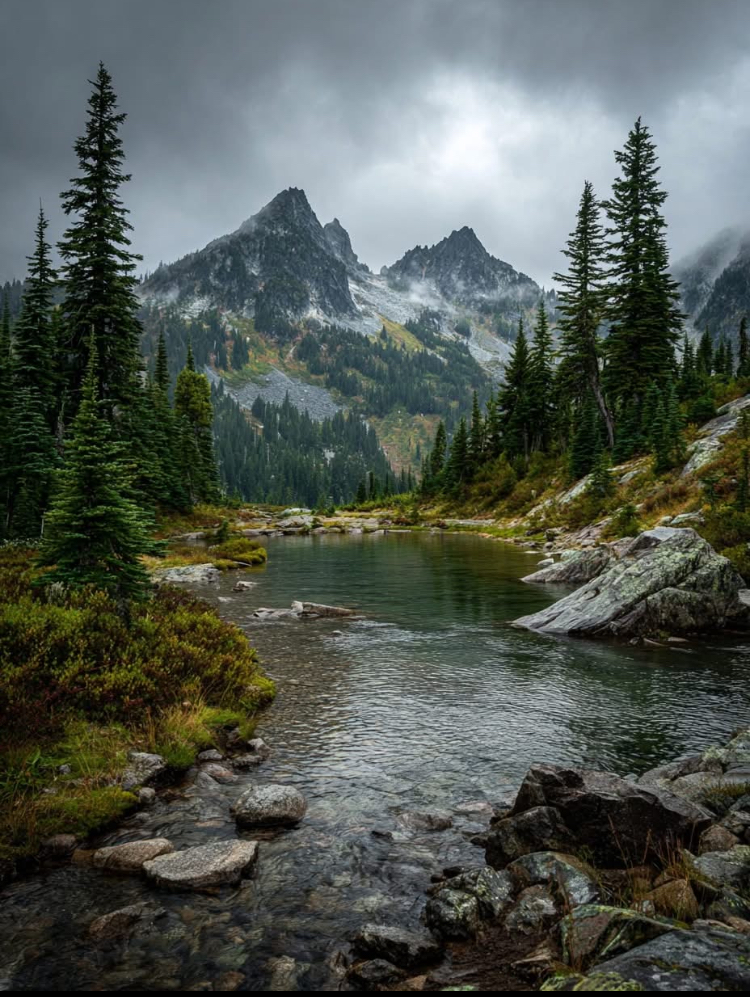
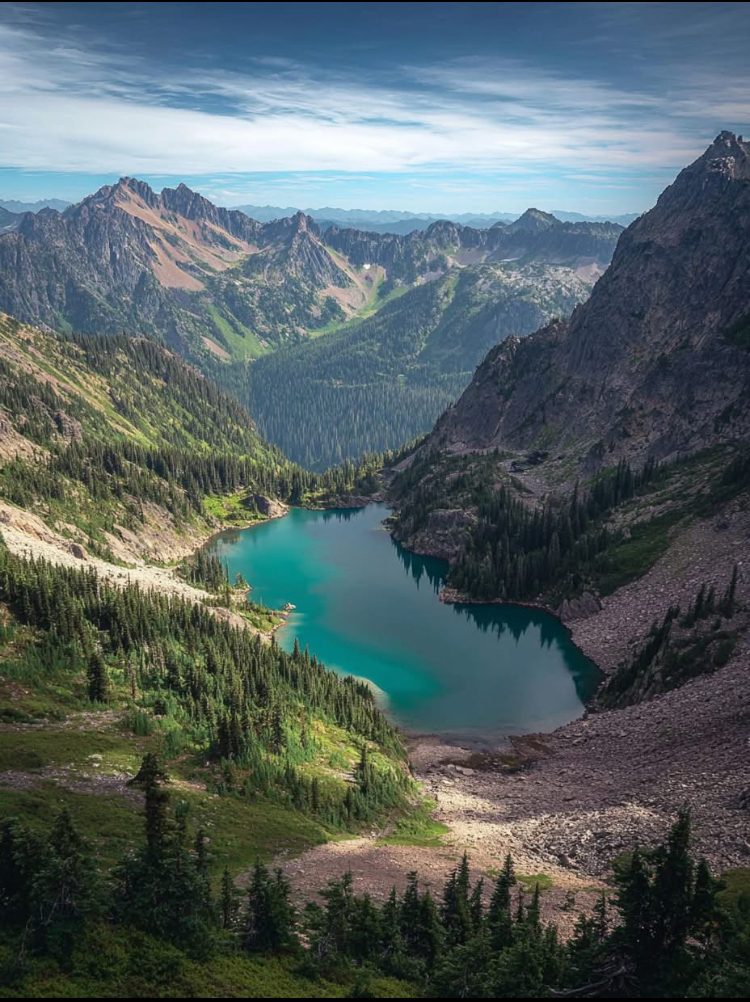
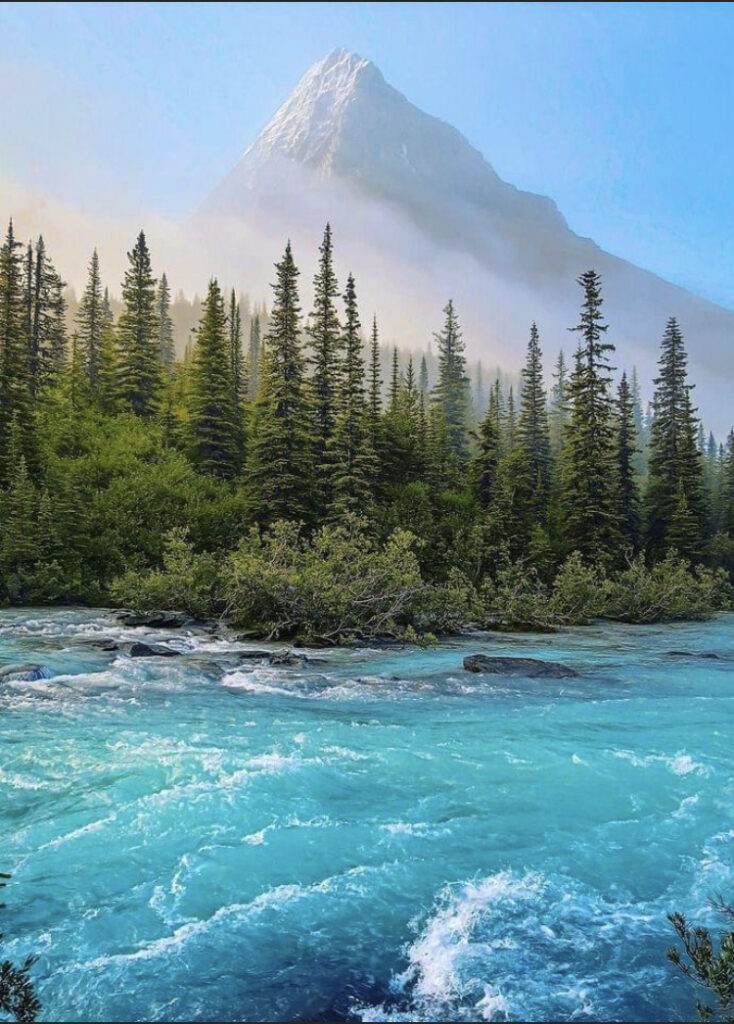
Hiking offers a chance to escape the chaos of daily life, reconnect with nature, and push your personal limits — but it’s not without its risks. Whether you’re heading out for a short trail walk or a week-long backcountry adventure, safety and smart planning are your most important tools.
This guide is designed for hikers of all experience levels, from weekend warriors to first-time explorers. It covers essential planning strategies, key safety principles, and practical advice to help you feel confident, prepared, and resilient on every hike. No affiliate links here — just reliable information to help you stay safe and enjoy the trail.
🗺️ 1. The Importance of Pre-Hike Planning
Planning is the first — and arguably most important — step toward a successful hiking trip. It’s not just about picking a pretty trail; it’s about understanding the environment, assessing risks, and preparing for the unexpected.
🧠 Know Before You Go:
- Research the trail: Use park websites, trail apps, and local guides to understand difficulty, terrain, weather, and any closures or hazards.
- Understand the terrain: Know the elevation gain, trail type (loop, out-and-back, point-to-point), and footing (rocky, sandy, muddy, etc.).
- Estimate your time: Base it on your fitness level and average pace. Add buffer time for breaks, detours, and emergencies.
- Get local intel: Call ranger stations or talk to locals for up-to-date trail conditions.
📝 Build a Route Plan:
Include:
- Start/end points and times
- Estimated duration
- Rest and water stops
- Emergency exit points
- Backup routes in case of trail damage or weather
Leave a copy with a friend or family member. Always.
🧳 2. What to Pack: The 10 Essentials (+ More)
The classic “10 Essentials” list has kept hikers safe for decades. But gear evolves, and modern hikers often bring more. Here’s what you should carry:
🎒 The Classic 10 Essentials:
- Navigation – map, compass, GPS (preferably all three)
- Headlamp – with extra batteries
- Sun protection – sunscreen, sunglasses, hat
- First aid kit – include blister care, meds, bandages
- Knife or multi-tool – also useful for repairs
- Fire starter – matches, lighter, fire steel
- Emergency shelter – bivy sack, space blanket, tarp
- Extra food – protein-rich, calorie-dense snacks
- Extra water – hydration system + water filter/purifier
- Extra clothes – layers, rain jacket, gloves
🧊 Extras Worth Bringing:
- Trekking poles
- Lightweight sit pad or foam mat
- Insect repellent
- Whistle
- Duct tape or gear repair strips
- Personal locator beacon (PLB) or satellite messenger for remote hikes
🥾 3. Terrain Types and How to Prepare
Not all trails are created equal. Understanding the type of terrain you’ll face helps you prepare both mentally and physically.
🏔️ Mountain Trails:
- Expect steep climbs, rocky footing, and unpredictable weather.
- Use trekking poles to reduce knee strain.
- Dress in moisture-wicking layers.
🌲 Forest Trails:
- Shaded, cooler, but may be muddy or root-covered.
- Bring insect repellent and check for ticks.
- Watch for low visibility in dense growth.
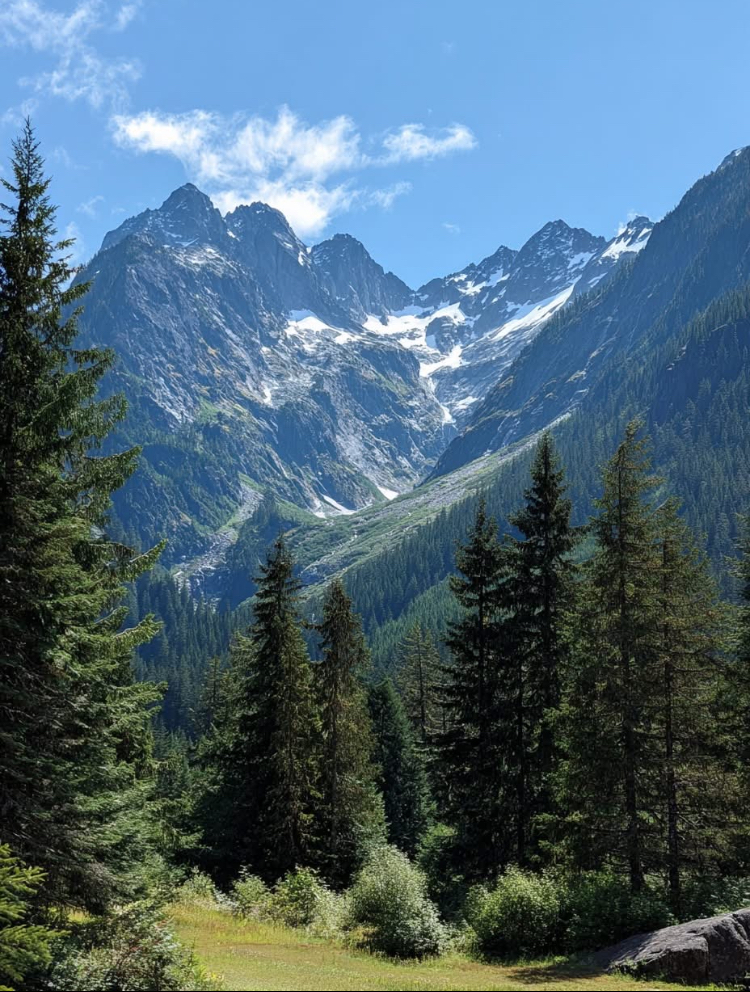
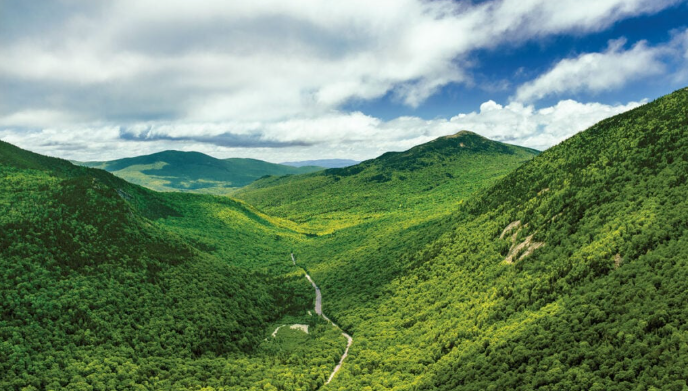
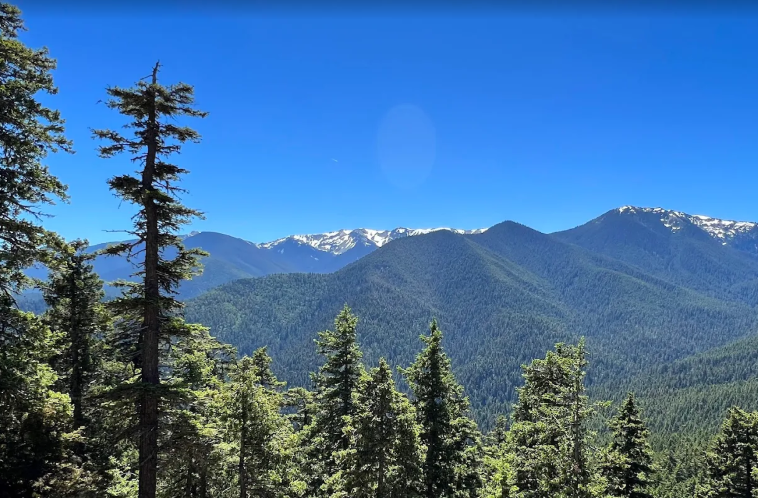
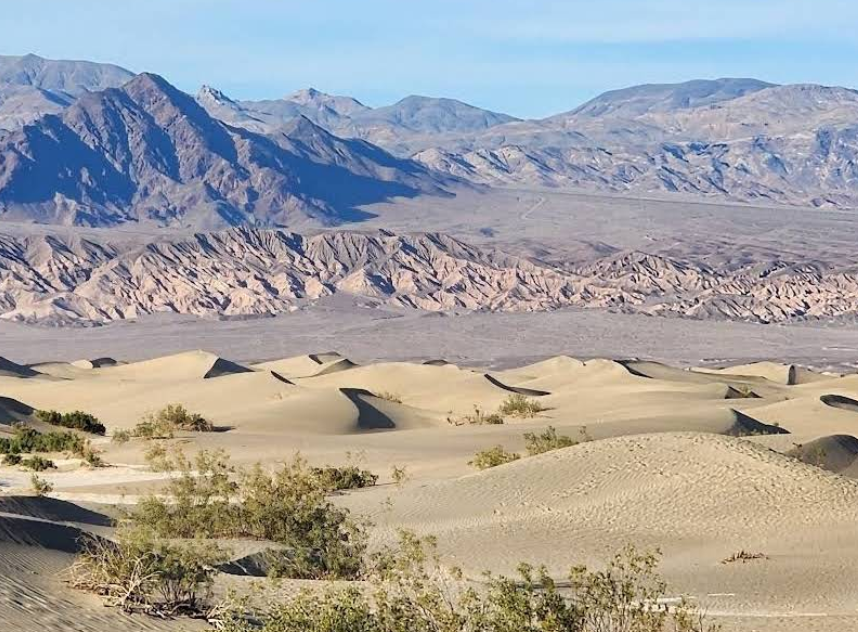
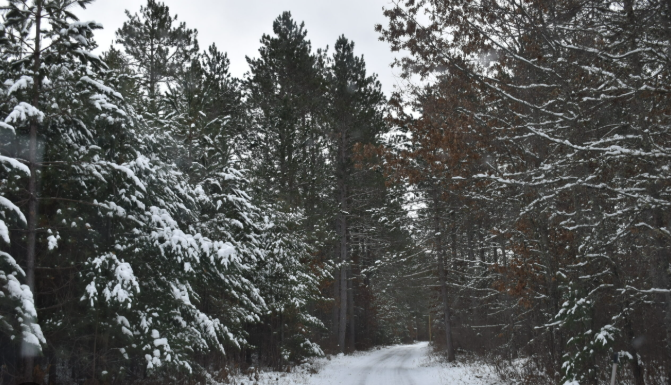
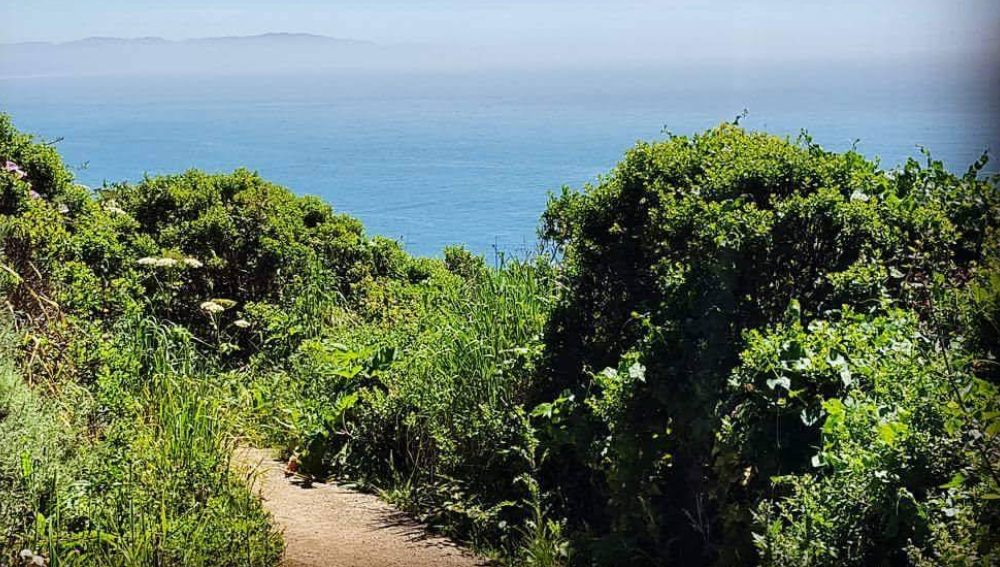
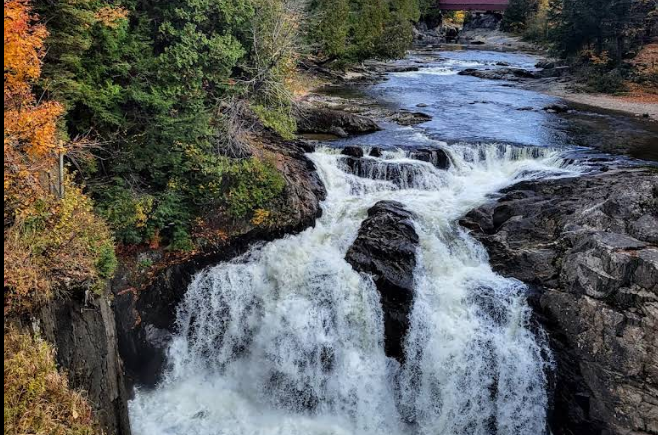
🏜️ Desert Trails:
- Exposed, dry, and extremely hot by midday.
- Start early; carry at least 1L of water per hour.
- Wear light-colored, UV-protective clothing.
❄️ Snowy or Icy Trails:
- Wear insulated, waterproof boots.
- Microspikes or crampons may be necessary.
- Avalanche awareness is a must in alpine areas.
🏞️ Coastal or River Trails:
- Tides can isolate you — always check tide charts.
- Water crossings may require dry bags and water shoes.
- Slippery rocks and quicksand-like mud are common.

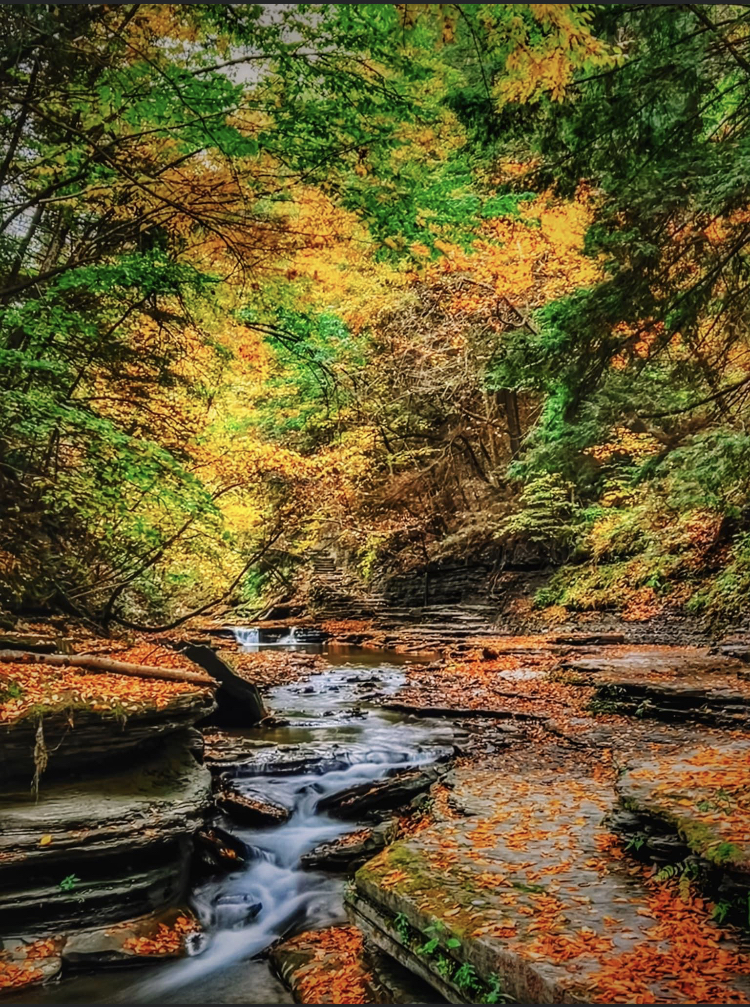
🚶♂️ 4. Solo Hiking vs. Group Hiking
🤝 Group Hikes:
- More social, safer in emergencies.
- Make sure everyone is on the same fitness level.
- Have a designated leader and sweep (someone who stays last).
🧍 Solo Hikes:
- Peaceful, introspective, but riskier.
- Let someone know your route, and carry a satellite device.
- Avoid remote or unmaintained trails without experience.
💧 5. Hydration and Nutrition on the Trail
💦 Hydration:
- Drink before you feel thirsty.
- Electrolyte tabs or powders help prevent cramps.
- Know where refill points are — streams, lakes, ranger stations.
- Always purify natural water sources.
🥪 Nutrition:
- Small, high-energy snacks every hour (nuts, jerky, dried fruit).
- For long hikes: bring complex carbs and proteins (sandwiches, energy bars).
- Pack an emergency meal in case you’re out longer than expected.
🌤️ 6. Weather Awareness and Forecasting
Weather can change fast — especially in mountainous areas.
🔍 How to Prepare:
- Check weather from multiple sources (NOAA, local stations, weather apps).
- Watch for signs of change: dark clouds, sudden temperature drops, wind shifts.
- If thunderstorms are forecasted, avoid high ridges and open meadows.
- Lightning safety: descend, avoid tall trees, crouch on your pack if exposed.
Always carry a rain layer, even if the forecast looks clear.
🧭 7. Navigation and Orientation
🗺️ Tools to Use:
- Paper maps never run out of battery.
- Learn basic compass skills: orienting, following a bearing.
- GPS devices are helpful but should not be relied on exclusively.
- Trail apps like Gaia GPS and AllTrails can assist but should be downloaded offline.
🚩 Recognize Trail Markings:
- Trail blazes: painted or carved markers on trees or rocks.
- Cairns: rock piles guiding your route in open or alpine areas.
- Signs and junction markers are helpful, but don’t rely on them being intact.
🆘 8. Emergencies and What to Do
Even well-prepared hikers can encounter trouble. Here’s what to do:
🦶 Common Issues:
- Blisters: Stop and treat at first sign. Don’t pop unless infected.
- Sprains: Wrap, rest, and assess. Use poles as crutches.
- Dehydration/Heat exhaustion: Shade, hydrate, cool down. Watch for dizziness.
- Hypothermia: Dry layers, calories, shelter. Know the “umbles”: stumbles, mumbles, grumbles.
📱 If Lost:
- STOP: Stop, Think, Observe, Plan.
- Stay put if you’re truly lost. Use signal tools like a mirror, whistle, or bright clothing.
- Conserve phone battery. Send one last GPS ping if possible.
👣 9. Leave No Trace Principles
Hiking isn’t just about safety — it’s about responsibility. The Leave No Trace (LNT) principles are essential for preserving trails for future generations.
🌱 The 7 Principles:
- Plan Ahead and Prepare
- Travel and Camp on Durable Surfaces
- Dispose of Waste Properly
- Leave What You Find
- Minimize Campfire Impact
- Respect Wildlife
- Be Considerate of Other Visitors
Stay on the trail, pack out everything you bring in, and don’t disturb wildlife or plants. Zion or any national park is not your playground — it’s a shared natural heritage.
🧗 10. Mindset: Respect the Trail
Preparedness is more than gear — it’s attitude. The outdoors is unpredictable, and humility goes a long way. If something feels off, turn back. Don’t push past your limits to meet a goal. Hiking should feel challenging, not reckless.
Stay curious. Stay alert. Stay respectful.
Let every trail teach you something — about nature, about resilience, and about your own inner terrain.
📥 Subscribe for More
Looking for more guides like this one? Subscribe to our newsletter to receive hiking safety tips, destination spotlights, gear reviews, and survival skills — all written by fellow outdoor lovers.
We’re here to support your journey.
📌 Pin this guide to your Hiking Tips board!
🧡 Thanks for reading — and remember: the best hike is a safe one.
